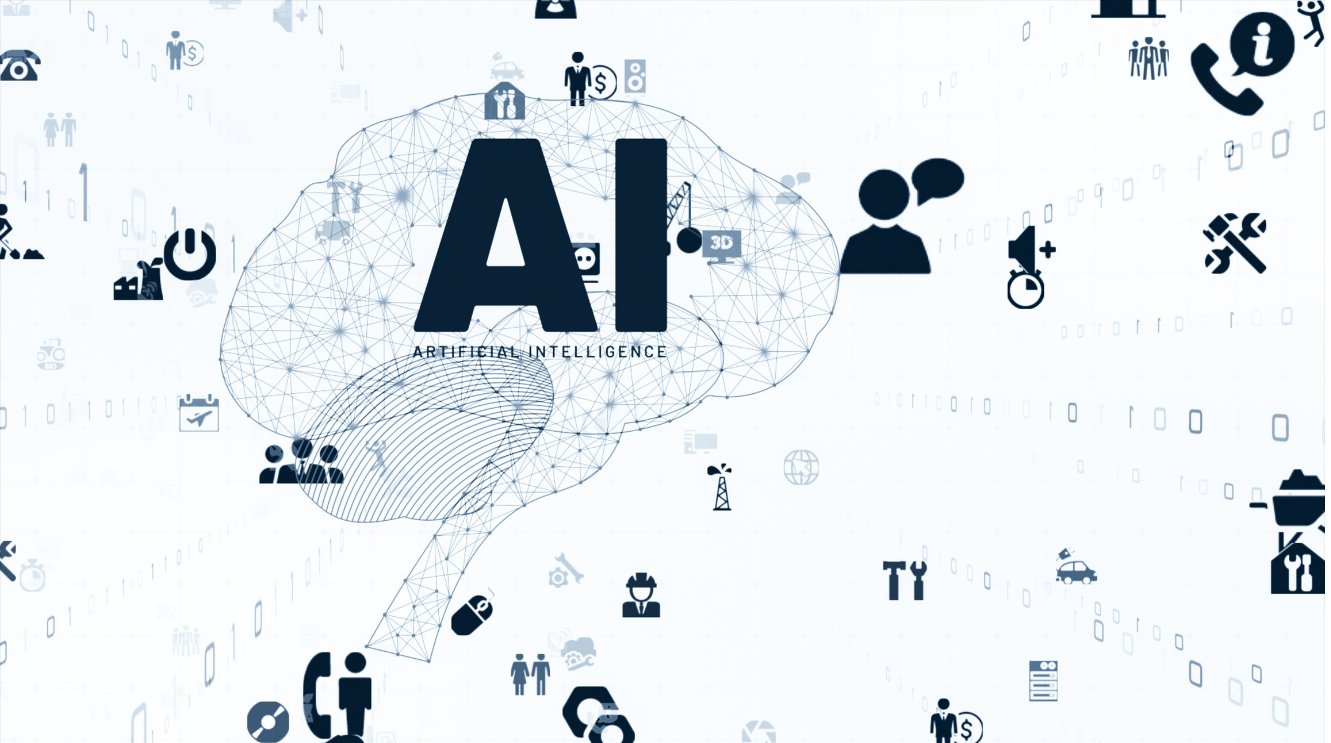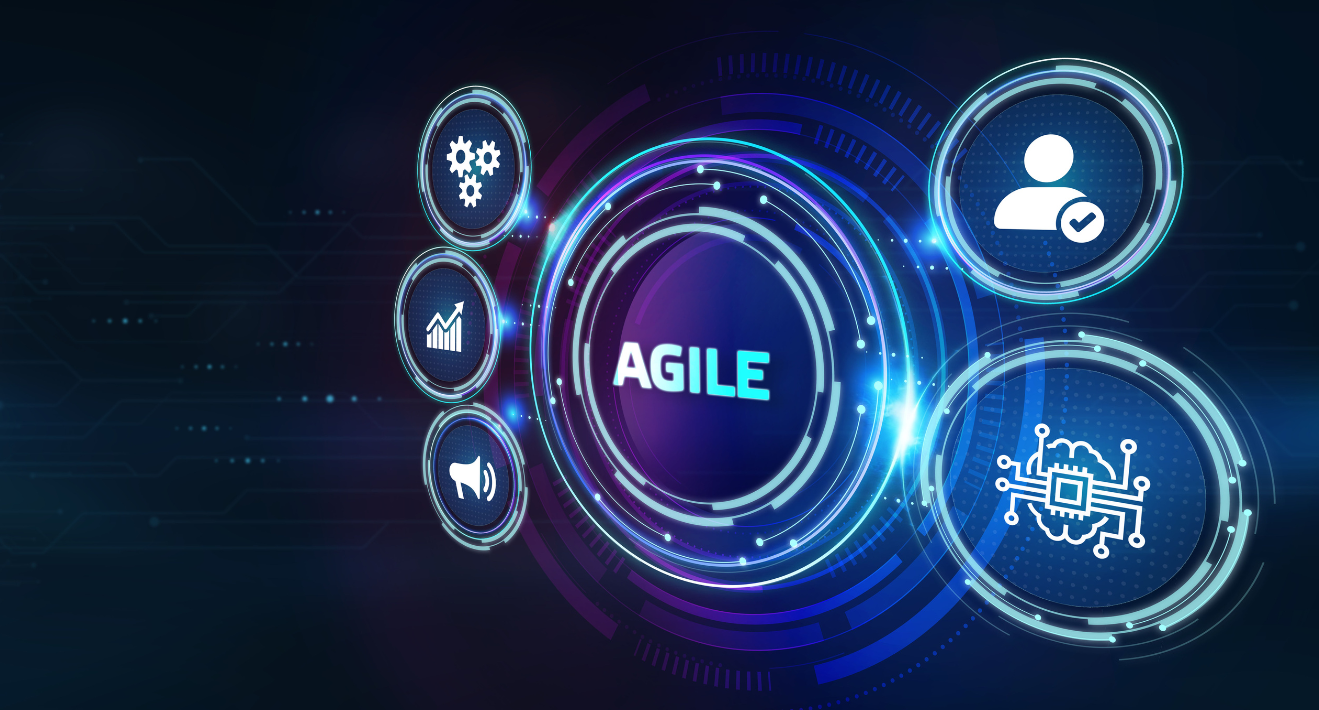Higher education institutions have always been adept at navigating challenges, but recent years have tested their ability to adapt and innovate like never before.
AI-driven marketing, automation, and personalization are disrupting traditional strategies.
With shifting student expectations, evolving digital landscapes, and the lingering impact of global disruptions, institutions must now think more strategically than ever.
While crises often force institutions to pivot quickly, they also present opportunities to embed lasting changes that redefine the future of engagement, communication, and recruitment.
The question is: How do you not only react but thrive in an era of constant digital transformation?
AI-driven marketing, automation, and personalization are disrupting traditional strategies, and if you embrace these shifts, you won’t just keep up—you’ll lead the way.
1. Embracing AI in higher education marketing

The rise of AI-powered marketing tools is transforming the way you connect with students.
We can’t rely only on traditional outreach methods anymore—we need to now harness AI to create smarter, more personalized, and more effective engagement strategies.
AI tools offer—among many other things—24/7 engagement, assisting students with everything from admissions queries to course recommendations.
With AI in place, you can provide immediate responses and free up your team to focus on high-impact initiatives.
While this is an entire topic of its own, which we’ll look at in future articles, here are some other ways AI is already being used in higher ed marketing:
Hyper-personalized outreach
AI-powered CRM systems can analyze student behavior and preferences in real-time, to allow you to deliver hyper-personalized, customized content, from email campaigns to digital ads with content that speaks directly to their needs and interests.
Conversational AI & chatbots
24/7 AI-driven chatbots assist prospective students, answering FAQs, guiding applications, and even offering course recommendations.
Conversational AI and chatbots have been a major shift in recent years. These tools offer 24/7 engagement, assisting students with everything from admissions queries to course recommendations.
The result is a smoother and more efficient user experience, reducing friction in the decision-making process.
Predictive analytics
Predictive analytics is another game-changer. Instead of making decisions based on guesswork, you can use data to forecast enrollment trends, identify at-risk students, and optimize your marketing spend by focusing on the strategies that work best.
Automated content creation
It can help automate content creation, generating marketing copy, social media posts, and video scripts so you can scale your content production while maintaining authenticity.
Voice & visual search optimization
As Gen Z increasingly turns to voice search and image-based search queries, you’ll also need to optimize your content for new search behaviors.
This is a big topic and pivoting can be daunting, and there’s enormous potential for marketers, so let us know in the comments or on social media which one(s) you’d like us to do a deep dive on.
2. Embracing agility in digital engagement

If recent times have proven anything, it’s that rigid, slow-moving marketing strategies no longer work.
You need an agile mindset—one that allows you to respond quickly to change while maintaining a consistent and authentic voice.
What does this mean in a higher ed context?
- Streamlining approval processes to ensure timely messaging
- Leveraging social media listening to monitor and respond to student concerns
- Empowering teams to take the initiative and innovate in real-time
For many institutions, the past few years have highlighted the immense value of social media as a real-time communication tool.
Those who invested in robust social listening strategies have been better equipped to address student concerns, provide updates, and even shape institutional policies based on direct feedback.
3. The power of digital-first storytelling

One of the most significant shifts in higher education marketing is the move from transactional messaging/campaigns to relational storytelling.
Today’s prospective students don’t just want to know about your programs—they want to feel connected to your institution’s mission, values, and community.
This means moving beyond the ‘hard sell’ and instead focusing on:
- Authenticity: Showcasing student experiences, faculty insights, and institutional culture in an organic way
- Personalization: Delivering targeted content that resonates with prospective students’ interests
- Community-driven content: Encouraging student-generated content through takeovers, challenges, and interactive campaigns
During the pandemic, for example, the use of hashtags, interactive Instagram stories, and short-form video content on platforms like YouTube Shorts and TikTok allowed universities to maintain a sense of connection with their audience—even when campuses were closed.
4. Rethinking the traditional student journey
The student recruitment process has undergone a seismic shift, with institutions moving away from traditional in-person recruitment toward hybrid and fully digital experiences.
Virtual open days, digital campus tours, and interactive webinars have become permanent fixtures of the recruitment strategy.
With advancements in AI, personalized chatbots are also playing a crucial role in guiding prospective students through the application process, answering FAQs, and even recommending courses based on student interests.
Our final thoughts
While so many universities have rapidly adjusted to digital-first engagement, the challenge now is ensuring that these best practices become permanent.
As we look forward, you should be asking:
- What elements of our crisis response during the pandemic worked well, and how do we take the best of these going forward in this new world of AI digital transformation?
- How can we embed agility into our long-term communication strategy?
- What digital investments will drive the most impact on student recruitment and engagement
- And how will we harness the power of AI?
The opportunity now is to take the lessons learned from crisis-driven digital innovation and embed them into sustainable, long-term strategies.
Whether it’s rethinking social media engagement, investing in real-time AI data-driven marketing, or breaking down internal silos to improve agility, the universities that embrace change as a constant will be the ones that thrive.
Higher education marketing is undergoing a transformation—one that prioritizes community, authenticity, and digital-first engagement.
The institutions that succeed in the coming years will be those that stay agile, listen actively, and put student needs at the heart of their strategies.
Now is the time for digital to shine. The challenge? Making sure the momentum continues!

:format()//media/Thriving-in-an-era-of-digital-disruption---RQ.png)